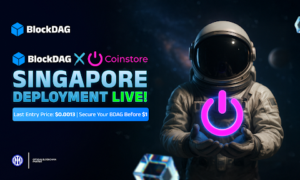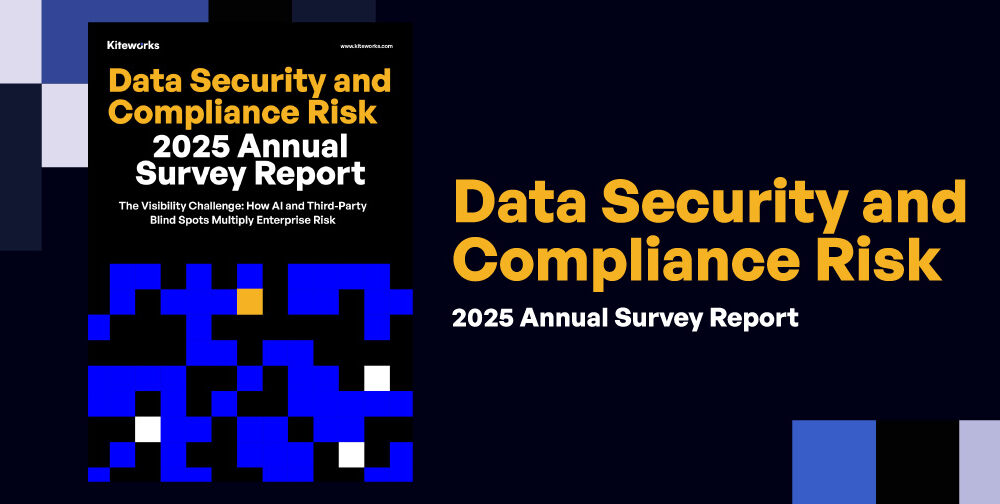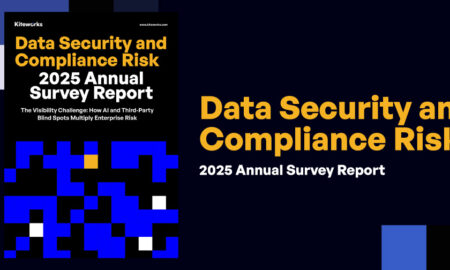And why it’s costing them scale, stability, and six figures in wasted ad spend
Let’s face it, platform compliance isn’t sexy.
It doesn’t get discussed in Facebook groups. It doesn’t make for flashy dashboards.
But for media buyers managing serious budgets, compliance is where growth lives or dies.
At Orange Trail, we’ve worked with dozens of brands spending five to seven figures a month on paid traffic. And we’ve seen brilliant media strategies completely derailed, not by poor performance, but by a basic misunderstanding of how platforms interpret “acceptable” behavior.
If you think compliance is just about avoiding disapprovals, you’re already behind.
Here’s what most media buyers get wrong about platform compliance—and how to build systems that scale without sacrificing account integrity.
1. They Think Compliance = Creative Copy Tweaks
Ask a media buyer how they “stay compliant,” and you’ll usually hear something like:
“We avoid trigger words like ‘guaranteed,’ and we never say weight loss, just fat-burning support.”
That’s not compliance. That’s keyword avoidance.
Modern ad platforms are using AI-based natural language models to analyze:
- The overall tone and intent of your copy
- Image content and implicit claims
- Funnel structure, including post-click experience
In short: the algorithms are smarter than you think. Compliance isn’t about tricking them—it’s about aligning every touchpoint with platform policy.
2. They Only Focus on Front-End Violations
Media buyers obsess over ad copy disapprovals but completely ignore the backend.
We’re talking:
- Missing or inconsistent privacy policies
- No cookie or GDPR/CCPA compliance
- Unclear terms and refund policies
- Payment processors that look sketchy or unvetted
- A business name mismatch between the ad account, page, and website
These backend elements trigger trust signals that are weighed heavily in ad review scoring systems. A beautifully written ad can still get nuked if your infrastructure screams “non-compliant.”
3. They Copy Competitors and Assume It’s Safe
Just because another brand is running a bold claim doesn’t mean you should.
The truth is:
- You don’t know their backend setup.
- You don’t know if they’re operating through a whitelisted agency ad account.
- You don’t know how long they’ll stay live.
Enforcement isn’t equal. Platform policies are a moving target, and what slips through today could get retroactively banned next week.
Smart buyers treat platform compliance like zero-trust security: every asset, campaign, and page must stand on its own compliance merit.
4. They Don’t Adjust Compliance by Platform
TikTok ≠ Meta ≠ Google ≠ YouTube.
Each platform has different:
- Compliance thresholds
- AI moderation systems
- Risk tolerance for industries (health, finance, crypto, etc.)
- Review escalation pathways
We’ve seen TikTok greenlight campaigns that Meta would shut down instantly and vice versa.
Compliance needs to be channel-specific. A one-size-fits-all funnel will always hit friction somewhere.
5. They Rely on Self-Serve Accounts Without Realizing the Risk
Most media buyers don’t realize how much their ad account infrastructure affects compliance outcomes.
Here’s the truth:
- Self-serve accounts are flagged faster.
- They get reviewed more often.
- They rarely benefit from manual intervention or human support.
When you scale aggressively or operate in a sensitive vertical, you’re walking a tightrope without a net.
Solution?
Use agency-level ad accounts that have:
- Pre-approved status with higher spend thresholds
- Positive compliance history
- Access to real-time escalation routes
At Orange Trail, our clients run on green-status infrastructure that helps them scale faster and safer.
6. They Wait Until Something Breaks to Ask for Help
The worst time to think about compliance is after your campaign has been flagged.
By then, the damage is already done:
- Learning phase interrupted
- Creative momentum lost
- Potential account ban hanging overhead
We recommend pre-launch compliance audits that look at:
- Ad structure
- Funnel journey
- Domain reputation
- Legal disclosures
- Platform-specific edge cases
Think of it like DevSecOps for paid traffic: you build with security—and compliance—baked in from day one.
Final Thoughts: Compliance Isn’t a Burden. It’s a Performance Multiplier.
Here’s the big shift that top media buyers are making in 2025:
They don’t see compliance as a cost.
They see it as a competitive edge.
Because the longer your ads run cleanly, the more data you collect.
The more consistent your funnel, the better your machine learning models perform.
The more trustworthy your brand looks, the better the platforms reward you.
At Orange Trail, we help brands build performance systems that don’t just push traffic, they protect it.
Because no amount of ROAS means anything if your account disappears tomorrow.





























